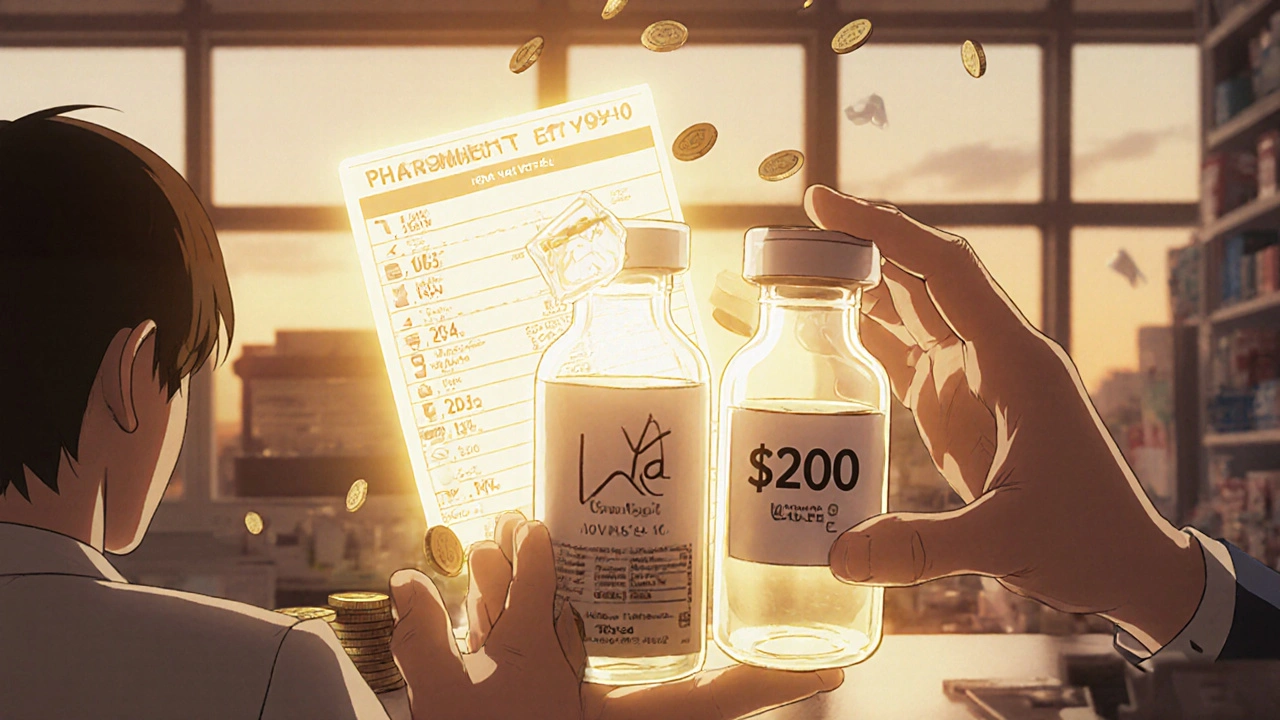When you’re prescribed an antibiotic like piperacillin and tazobactam, you might not realize you’re getting a combination product - two drugs in one shot. These aren’t just random mixes. They’re carefully designed to work together, often to fight tough infections that single antibiotics can’t handle alone. Think of it like a two-person team: one drug attacks the bacteria, the other shuts down the bacteria’s defense system. And now, thanks to generic versions, these life-saving combos are becoming far more affordable.
What Exactly Are Antibiotic Combination Products?
Antibiotic combination products are medicines that contain two or more active ingredients - usually two antibiotics, or an antibiotic paired with a blocker that stops bacteria from resisting treatment. The most common example is piperacillin-tazobactam, used in hospitals for serious infections like pneumonia or sepsis. Piperacillin kills bacteria, and tazobactam stops them from breaking down piperacillin. Together, they’re stronger than either drug alone.
The FDA defines these as combination products - meaning they blend drugs, devices, or biological components into one unit. Some come as injectables in vials. Others are in prefilled syringes or infusion pumps. Even if it looks like two separate pills in one blister pack, if they’re meant to be taken together as a single treatment, it’s still considered a combination product.
Why Generic Versions Matter
Brand-name versions of these drugs can cost hundreds, even thousands of dollars per dose. When patents expire, generic manufacturers can step in. They don’t need to repeat expensive clinical trials. Instead, they prove their version works the same way - same active ingredients, same strength, same route of delivery, same effect on the body. This is done through a process called the Abbreviated New Drug Application (ANDA).
The first generic version of piperacillin-tazobactam injection hit the U.S. market in October 2010, launched by Hospira. That single entry slashed prices by up to 80% in some cases. Over the next decade, generic antibiotics saved the U.S. healthcare system an estimated $2.2 trillion. For patients, that means lower co-pays. For hospitals, it means more budget to treat more people.
It’s Not Just About Price - It’s About Access
Lower cost doesn’t just help wallets. It helps people stick to their treatment. Studies show that when out-of-pocket costs drop, patients are more likely to finish their full antibiotic course. That’s huge. Stopping early because you can’t afford it leads to drug-resistant infections - a global health crisis.
One study tracked 13 antibiotics after generics entered the market. Five saw prescriptions jump by 5% to over 400% in the year after generics became available. That’s not just because they’re cheaper - it’s because doctors felt confident prescribing them more widely. For patients who couldn’t afford the brand, now they could.
But here’s the twist: not all antibiotics behaved the same. One, cefdinir, actually saw fewer prescriptions after generics came out. Why? Because the generic version didn’t come with the same delivery system - maybe it wasn’t in a child-friendly liquid form, or the packaging wasn’t as convenient. That’s the hidden complexity of combination products.

The Hidden Hurdles: Device-Based Combos Are Tricky
Some antibiotic combinations come with devices - think inhalers, injector pens, or prefilled syringes. These are called generic drug-device combination products (g-DDCPs). They’re harder to copy because the device isn’t just packaging. It’s part of how the drug works.
For example, if a generic version uses a different needle size, a different syringe material, or even a slightly different plunger force, it could change how much medicine gets delivered. That’s why regulators require manufacturers to prove therapeutic equivalence - not just chemical similarity, but real-world performance.
The FDA has a special office for this - the Office of Combination Products (OCP). They decide whether the drug or the device is the main part of the product (called the Primary Mode of Action). That determines which team reviews the application. It’s messy, slow, and confusing for manufacturers. That’s why fewer generic versions exist for device-based combos than for simple injections or pills.
State Laws Are Holding Back Progress
Even if a generic antibiotic combo is approved by the FDA, pharmacists in some states can’t legally substitute it for the brand-name version. Why? Because state laws were written decades ago - for simple pills, not complex combos.
These laws often say a generic can only be swapped if it’s “therapeutically equivalent” - but they don’t define what that means for a drug-device combo. So pharmacists, scared of liability, just give the brand name. Patients pay more. Doctors get frustrated. And the whole point of generics - affordable access - gets blocked by outdated rules.
Experts agree: this isn’t just a paperwork problem. It’s a public health issue. As more combination products come to market - especially for chronic infections like cystic fibrosis or drug-resistant TB - we need federal and state laws to catch up.
What’s Changing Now?
The FDA held a major conference in September 2024 called REdI, focused on combination product regulation. They shared new guidance on how to submit applications for generics - especially those with devices. They’re pushing for clearer standards, better communication with manufacturers, and faster review timelines.
Manufacturers are also learning. They now know they need to document every tiny difference in the device - the shape of the cap, the feel of the button, the labeling. Even if it seems minor, if it could confuse a nurse or patient, it matters.
And the demand is growing. With antibiotic resistance rising, doctors need more tools. Combination therapies are becoming standard for severe infections. If these stay expensive, hospitals will cut back. Patients will suffer.
What You Should Know as a Patient
If you’re prescribed an antibiotic combo - whether it’s an injection, IV bag, or inhaler - ask your doctor or pharmacist: “Is there a generic version?”
If the answer is yes, ask if it’s available at your pharmacy. If it’s not, ask why. It might be a formulary issue, a state law, or just lack of stock. Don’t assume you have to pay more. Generic versions are often just as effective, and significantly cheaper.
Also, pay attention to how the medicine is delivered. If your brand-name version came in a prefilled syringe and the generic comes in a vial you have to draw up yourself, that’s a big change. Ask if the new version is safe and easy to use. You have a right to know.
The Bigger Picture
Generic antibiotic combination products aren’t just about saving money. They’re about making sure life-saving treatments reach everyone - not just those who can afford the brand name. The science works. The savings are real. The barriers? They’re legal, bureaucratic, and outdated.
The future of antibiotics depends on access. And access depends on making these complex drugs affordable. The system isn’t perfect. But it’s getting better. And every generic that enters the market brings us one step closer to beating superbugs - without bankrupting patients or hospitals.


Just had to get piperacillin-tazobactam last month. The generic was half the price and worked just fine. No side effects, no drama. Hospitals should just switch everyone over.